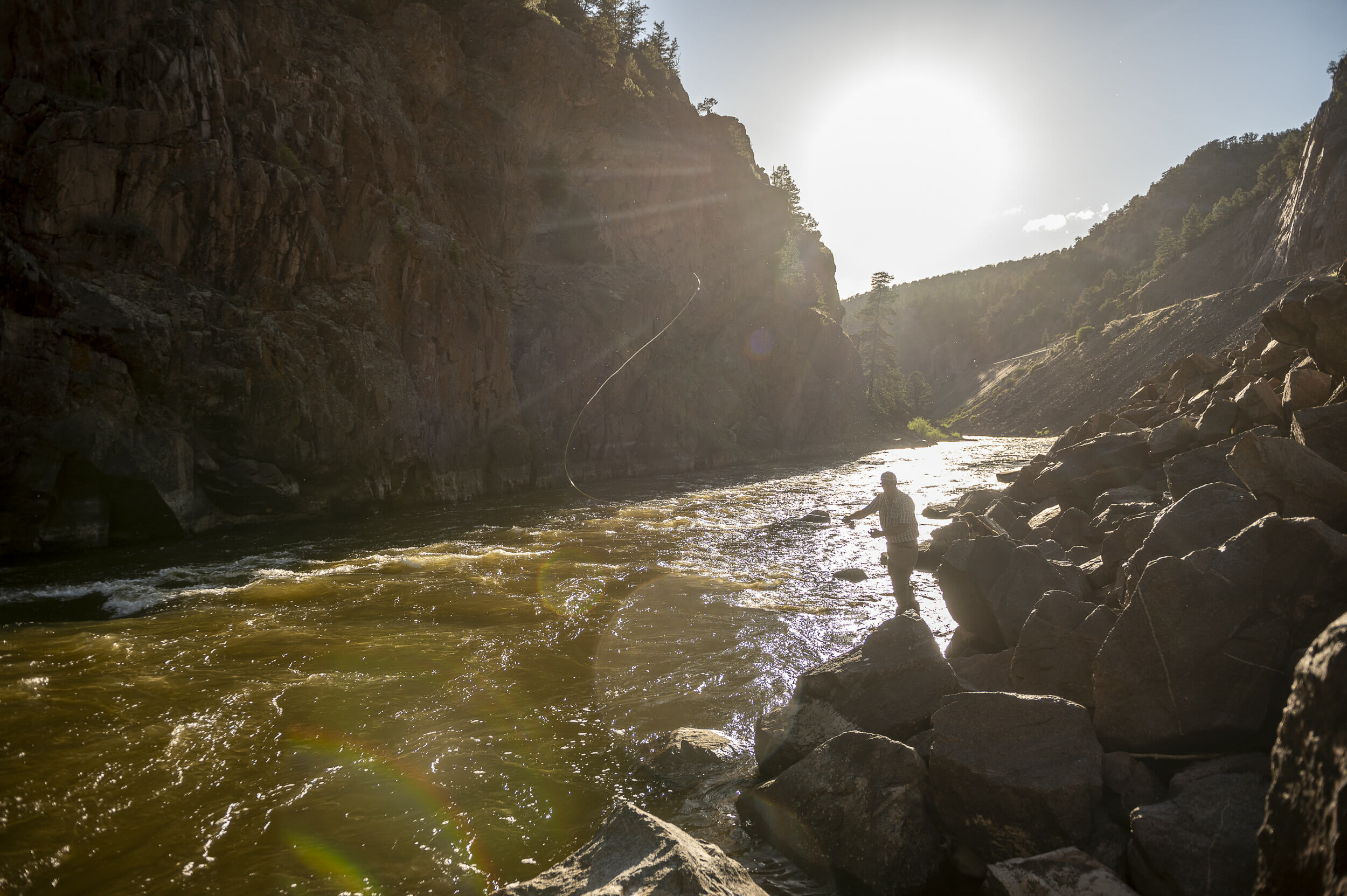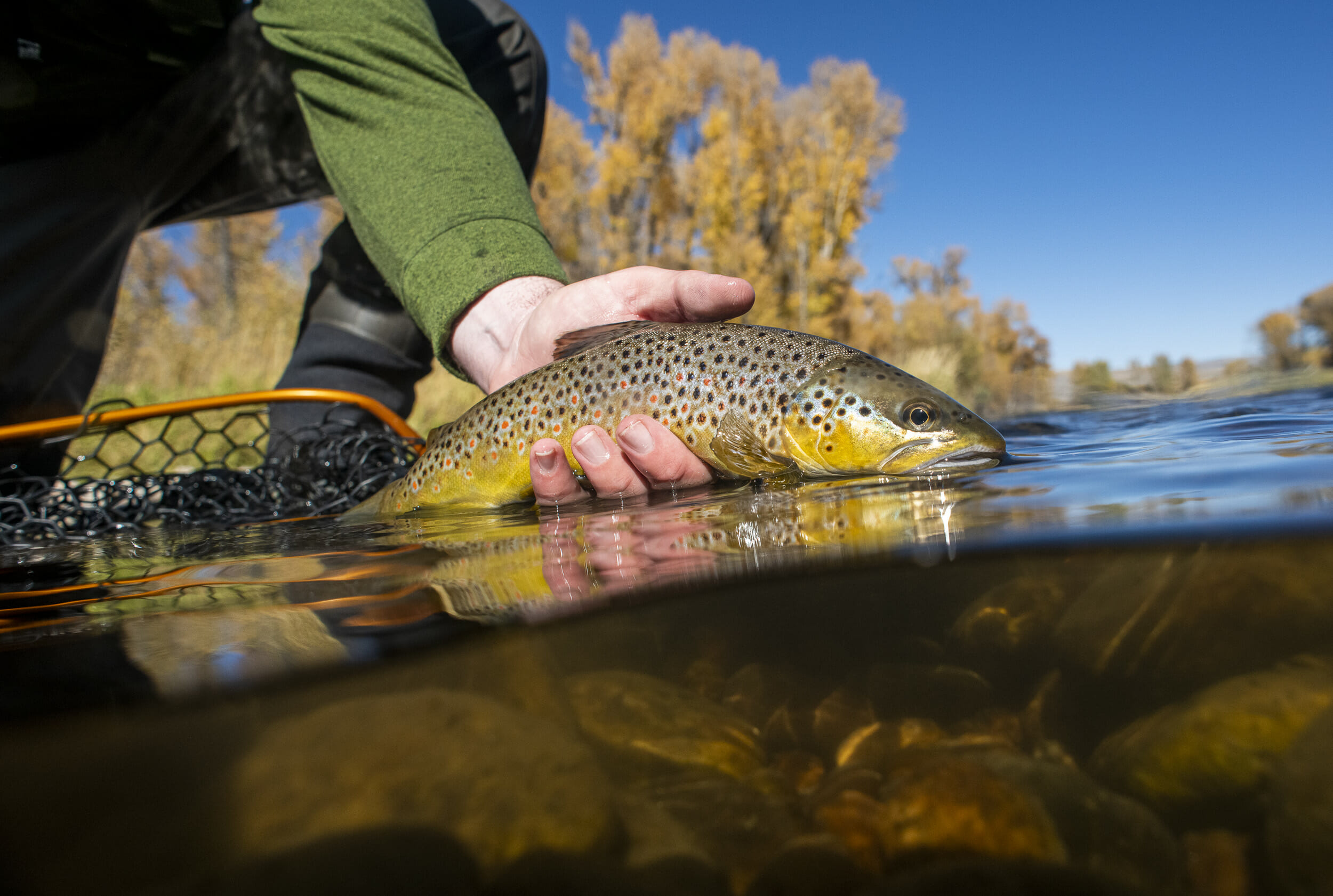
Full funding for a treasured program
TU grassroots and staff work together
If there is one truth in the world of conservation, it’s that protecting fish and wildlife habitat isn’t free. It takes money to ensure we leave future generations with more quality hunting, fishing and outdoor recreation opportunities, not fewer. This is the promise of the Land and Water Conservation Fund (LWCF): to set aside $900 million per year of revenues from offshore oil and gas development that are then used to secure new public lands and provide outdoor recreation facilities.

Places like the Upper Colorado River will have more predictable funding due to the passage of the Land and Water Conservation Fund.
Since 1965 it has been a wildly popular program that has put money on the ground in every county in the nation. However, LWCF has been chronically underfunded, with Congress only appropriating about a third of the full amount per year. In doing so, conservation has been shortchanged tens of billions of dollars. This changed in the 116th Congress when a bipartisan coalition passed two pieces of legislation – the John D. Dingell, Jr. Conservation, Management, and Recreation Act and the Great American Outdoors Act – that permanently authorize the program and require Congress to provide all $900 million per year.

The Land and Water Conservation Fund is a huge success for the future of hunting and fishing in America.
This is a huge success for the future of hunting and fishing in America and it means that public land managers and state agencies will have a predictable funding stream to provide for conservation and access to famous fisheries like the Madison River in Montana, Letort Spring Run in Pennsylvania and the Upper Colorado River in Colorado – all sites with LWCF acquisitions. Trout Unlimited members, chapters and councils have long advocated for this funding and can be proud that they made a difference. Moving forward we’ll need to ensure that the funding is put to work on the ground for the benefit trout and salmon, but that’s the payoff for years of letters, phone calls and emails to lawmakers.
1
2
3
4
Growth and change
- Innovation and conservation
- Playing the long game
- Off Road Vehicle and Sportsmen Ride Right
- Oregon and Arizona Mineral Withdrawals
- Overcoming congressional gridlock with public lands planning
- Working in state legislatures when Washington, DC, is broken
- The importance of national monuments
- Fight against selling state land
- Alaska Tongass National Forest
- Alaska Pebble Mine
- Utah Roadless
- Washington Steelhead fishing regulation changes
- Land and Water Conservation Fund